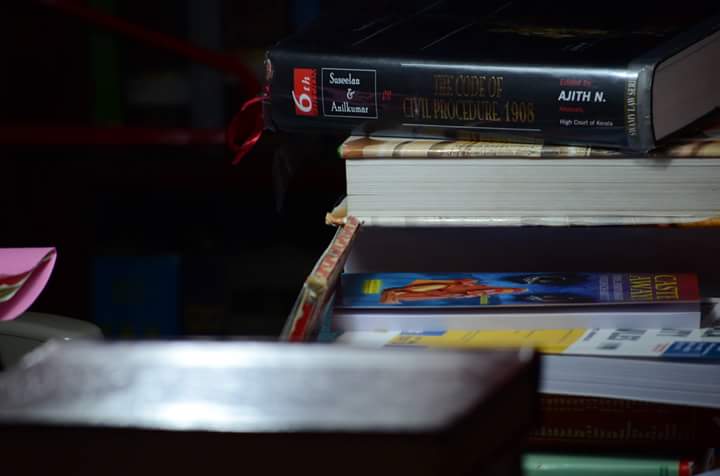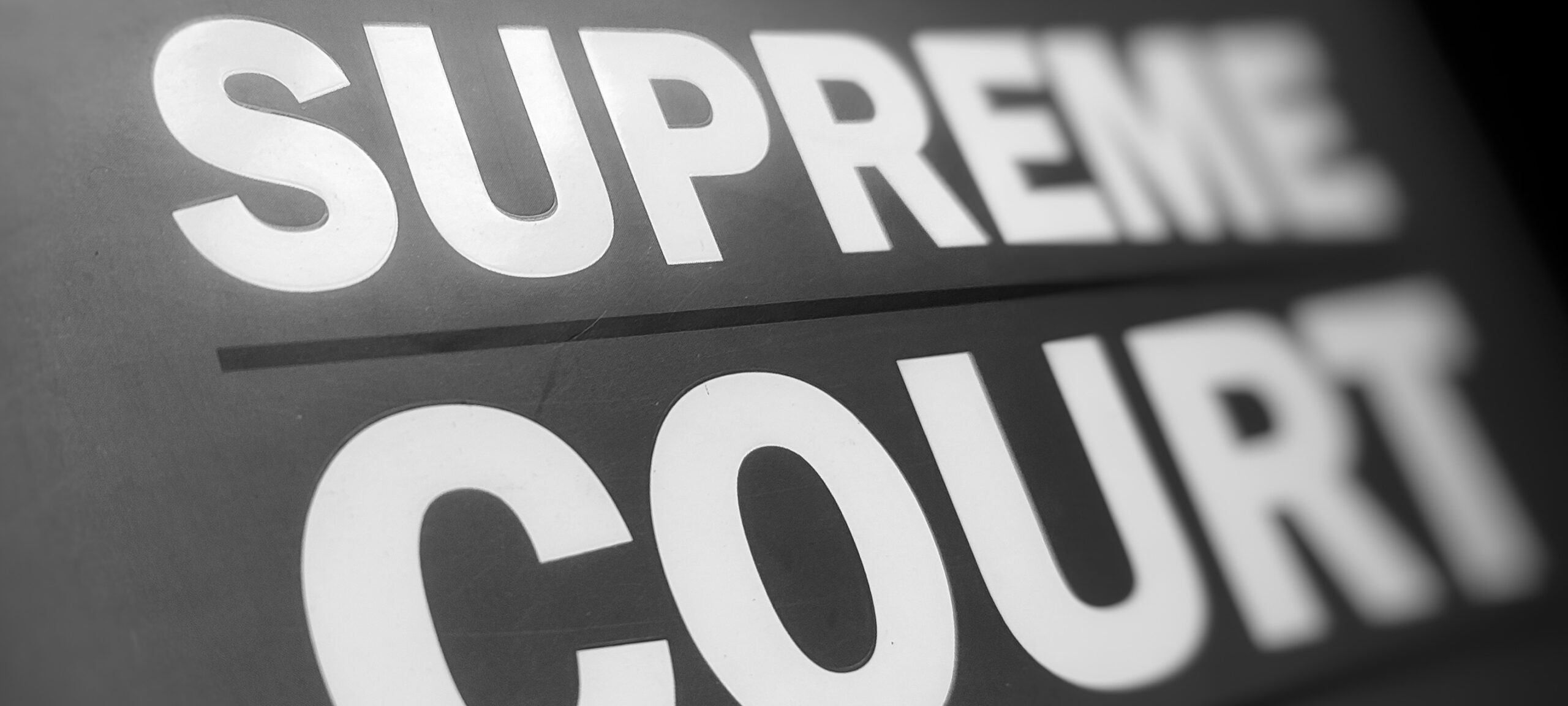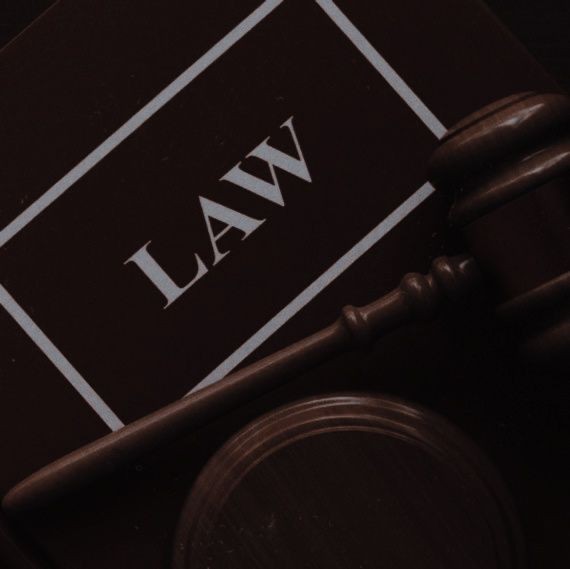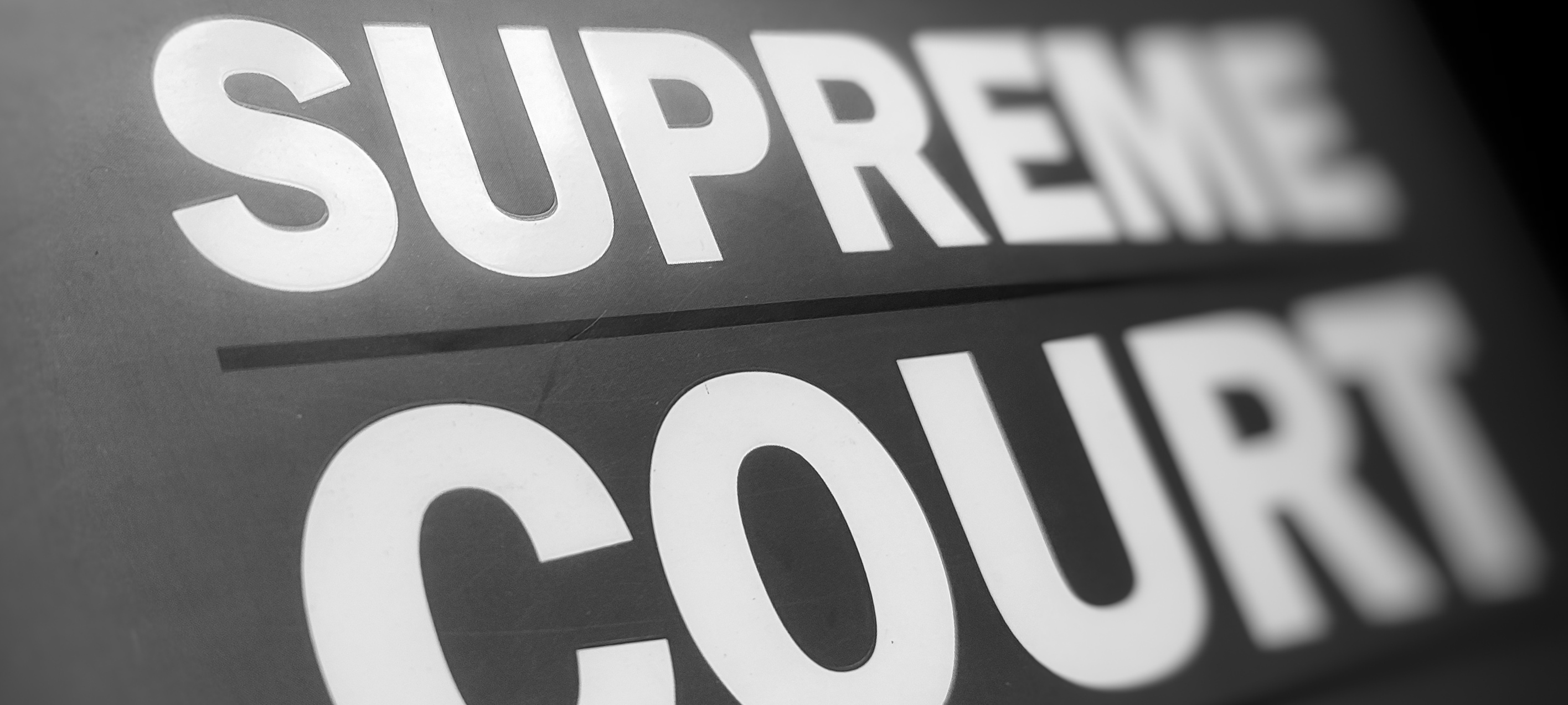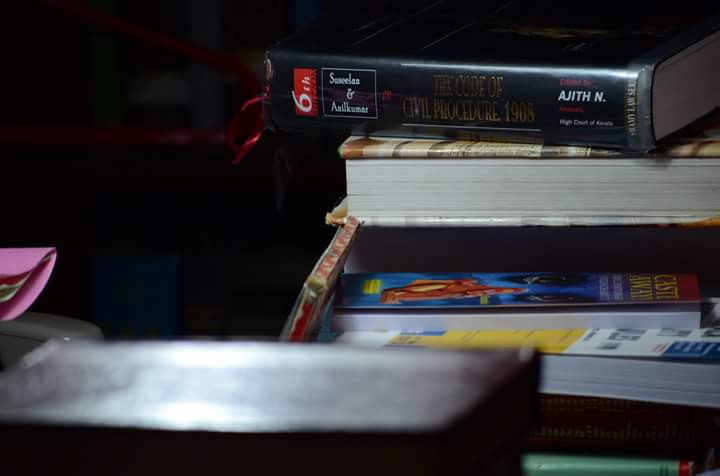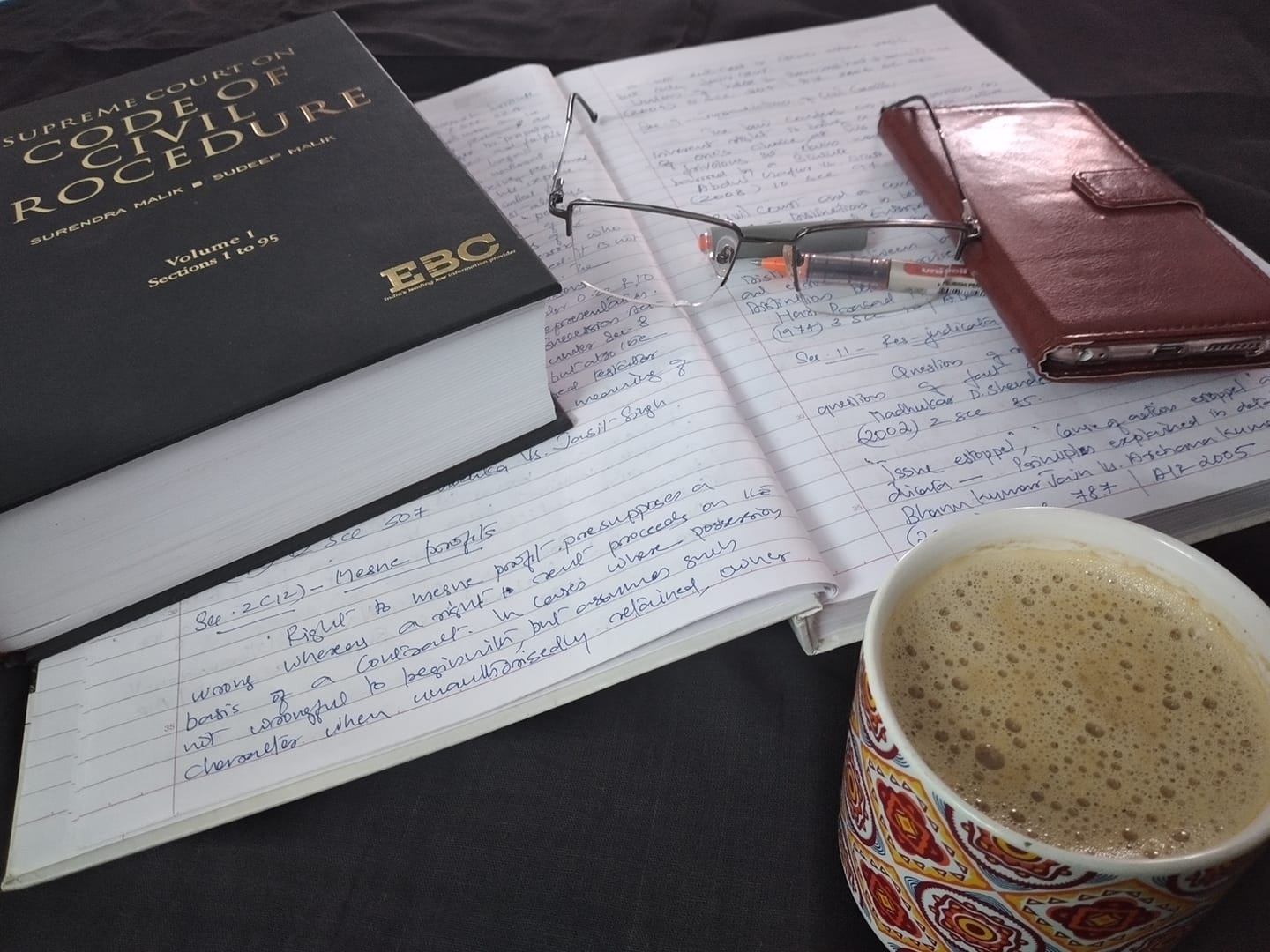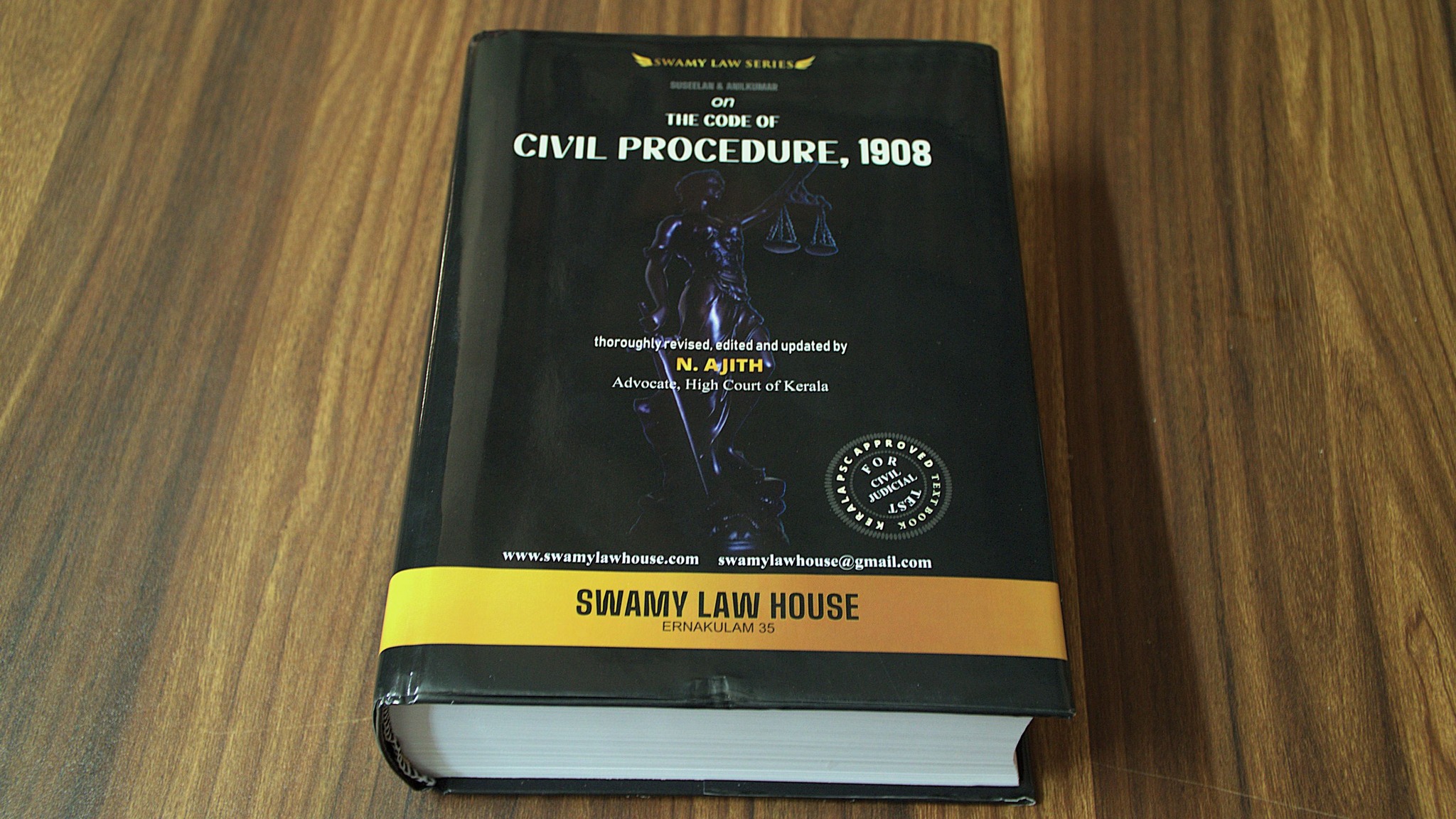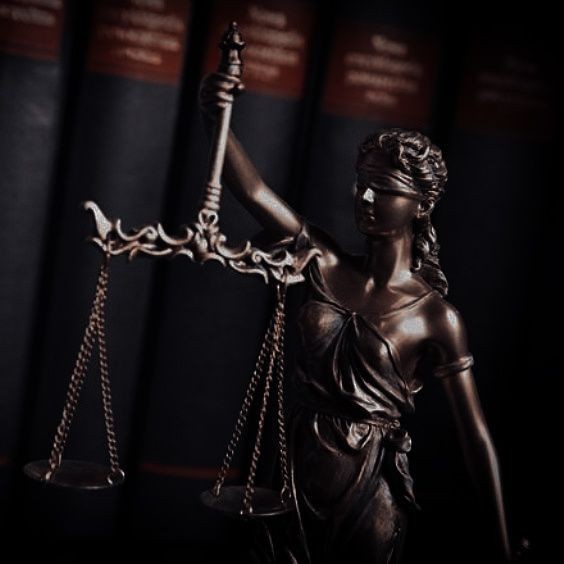Rule of conclusiveness
Doctrine of res-judicata is based on the Rule of conclusiveness of finality of the judgment. Once a particular matter between two parties has been finally heard and decided, the very same matter cannot be reopened again in another suit between the same parties. Doctrine of res-judicata is a universal doctrine laying down the finality of litigation between the parties. When a particular decision has become final and binding between the parties, it can't be disturbed even on the ground that such decision is violative of Article 14 of the Constitution, i.e., either of the parties will not be permitted to reopen the issue decided by such decision on the ground that such decision violates the equity clause under the constitution [Supreme Court Employees Association v. Union of India AIR 1990 SC 334]. Rule of res-judicata is not a technical Rule, but a Rule of public policy, which is founded on justice, equity and good conscience [Gulam Abbas v. State of UP AIR 1981 SC 2198]. The best method to decide the question of res-judicata is first to determine the case of the parties as put forward in their respective pleadings of their previous suits, and then to find out as to what had been decided by the judgment which operates as res-judicata. [Syed Mohd. Salie Labbai v. Mohd. Hanifa AIR 1976 SC 1569]. To apply Section 11, the following conditions must be proved- that the litigating parties must be the same, or must be claiming under them.
- That the subject matter of the suit must be identical.
- That the matter has been finally adjudicated between the parties.
- That the court which decided the 'lis' must be a competent court
- No man should be vexed twice for the same cause;
- It is in the interest of the state that there should be an end to a litigation;
- A judicial decision should be accepted as a final one and correct.
- There must be an earlier suit, and in that suit the same matter was directly and substantially in issue : That means, the matter directly and substantially in issue in the subsequent suit or the issue must be same matter which was subsequently in issue either actually or constructively in the former suit.
- The same parties : To apply the doctrine of res judicata the former suit must have been a suit between the same parties or between parties under whom they or any of them claim.
- They must be litigating under the same title in the former suit : Same title means same legal capacity.
- Competency of the Court: The decision of the previous suit must be passed by a competent court. That is, the court which decided the former suit must be a court of competent jurisdiction to try the subsequent suit or the suit in which such an issue is raised subsequently. If the previous court has no competency, a second suit before the proper competent court will lie. Similarly a judgment obtained by fraud or collusion does not operate as res-judicata.
- The previous case must be case which was "heard and finally decided" Explanation V says that, the matter directly and substantially in issue in the subsequent suit must have been heard and finally decided by the court in the former suit.
- Matter in issue. Matter in issue means the rights litigated in between the parties.
- Matters directly and substantially in issue.
- Suit
- Former Suit
- Issue
- Same Parties.
- There must be a right claimed by one or more persons in common for themselves and others not expressly named in the suit;
- The parties not expressly named in the suit must be interested in such right,
- The litigation has conducted bona-fide and on behalf of all parties interested;
- If the suit is one under 0.1 R.8 CPC, all conditions laid down therein must have been strictly complied with.
- Same Title.
- Competent Court.
- Heard and Finally Decided.
- Kammaran v. Raman (1994 (1) KLJ 390)
- Mahboob Saheb v. Syed Ismail (1995 (2) KLT SN 15 P. 14)
- Sarasamma v. Vikraman (1995 (2) KLT 65)
- Syed v. Ummer (2000 (2) KLT SN 89 P. 82)
- Oriental Ins, Coy, Ltd. v. Gopalakrishnan Nair (2000 (1) KLT 91)
- Krishna Iyer v. Kunnath Chelan Avvokkar (2000 (2) KLT 501)


